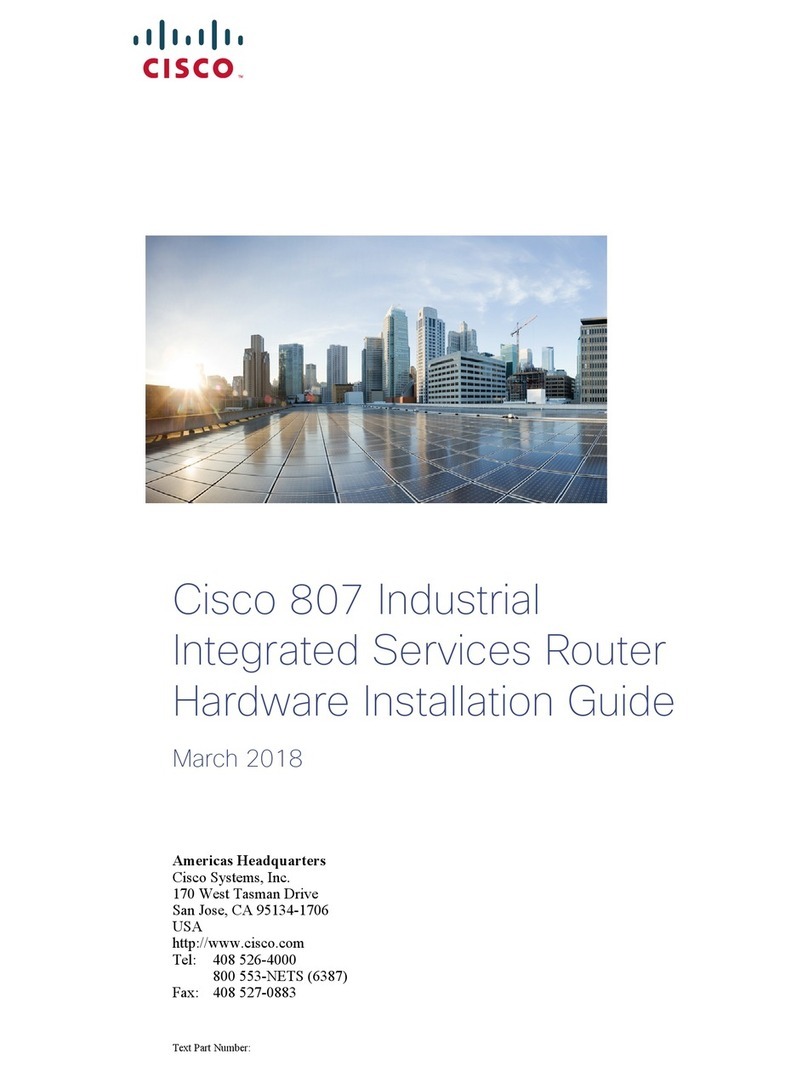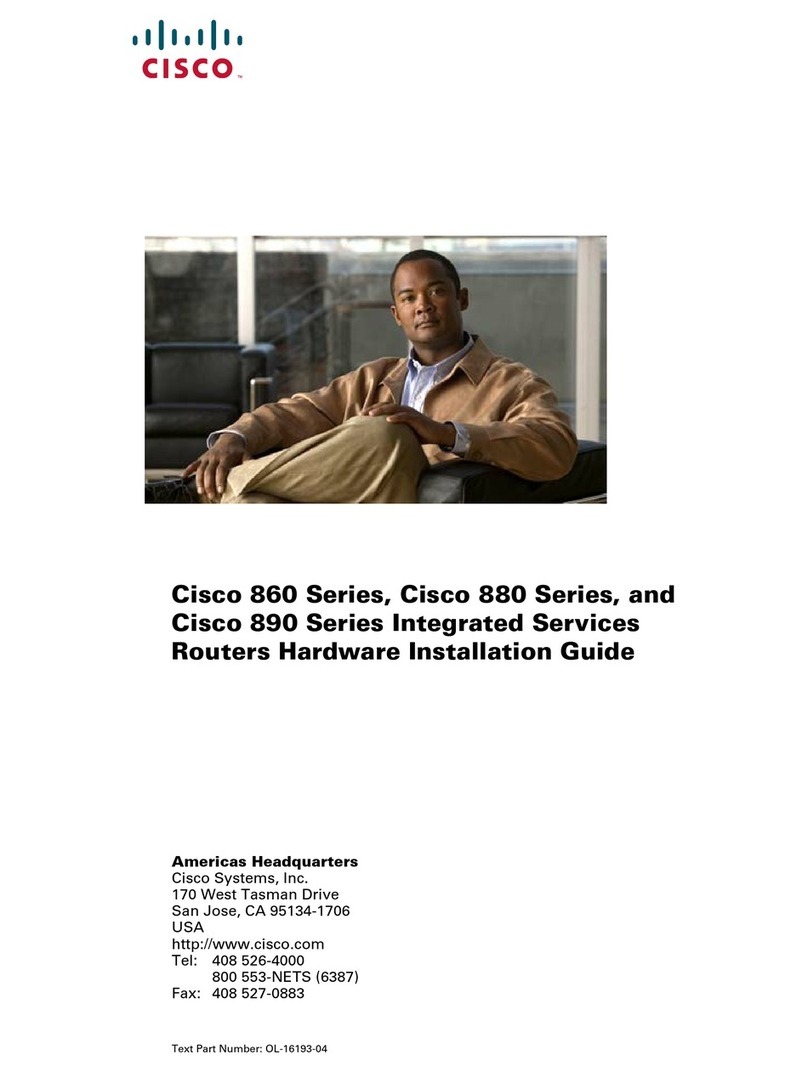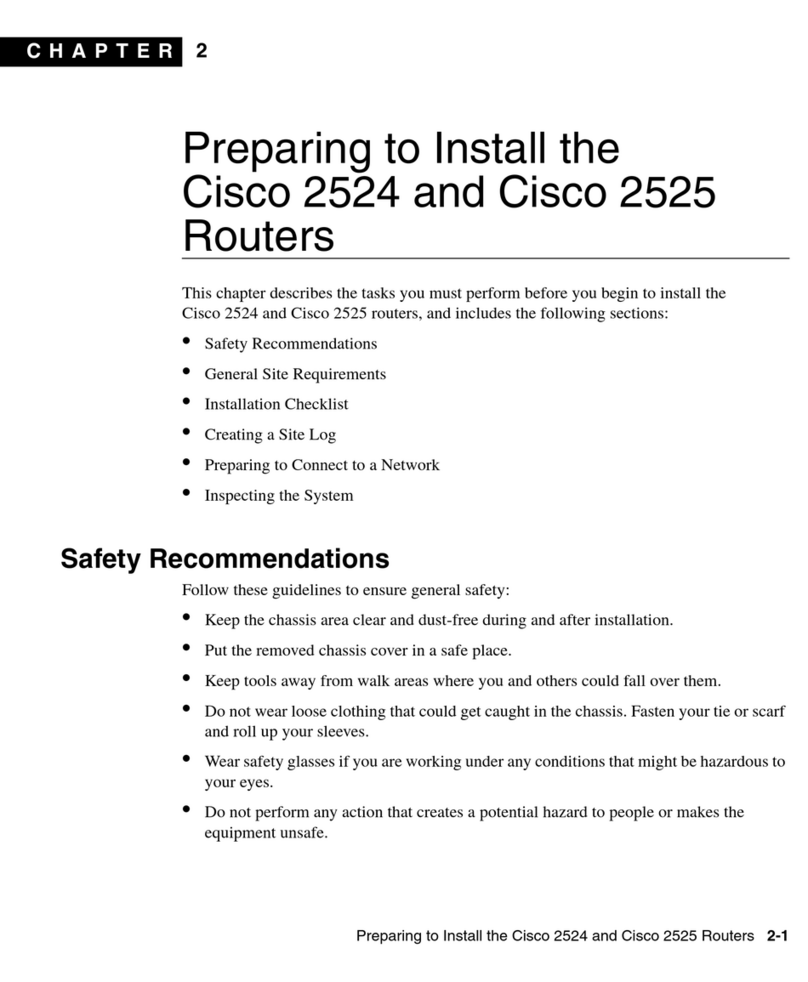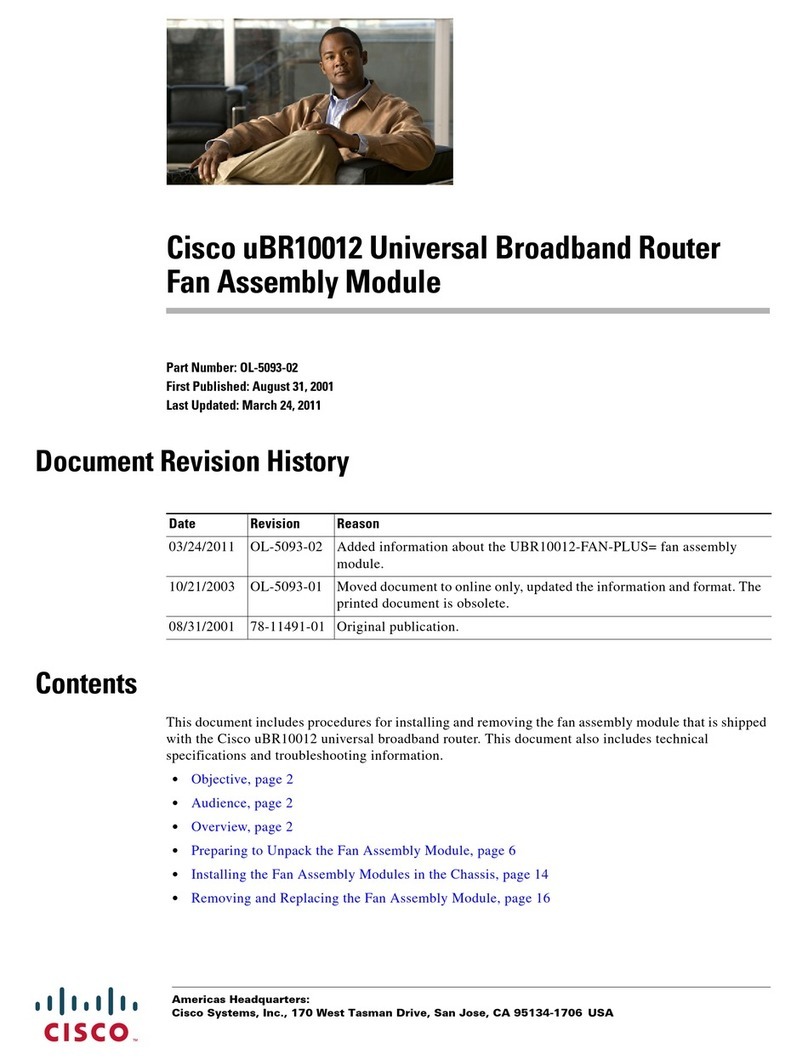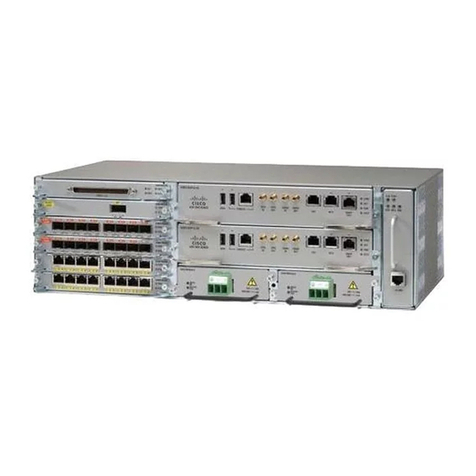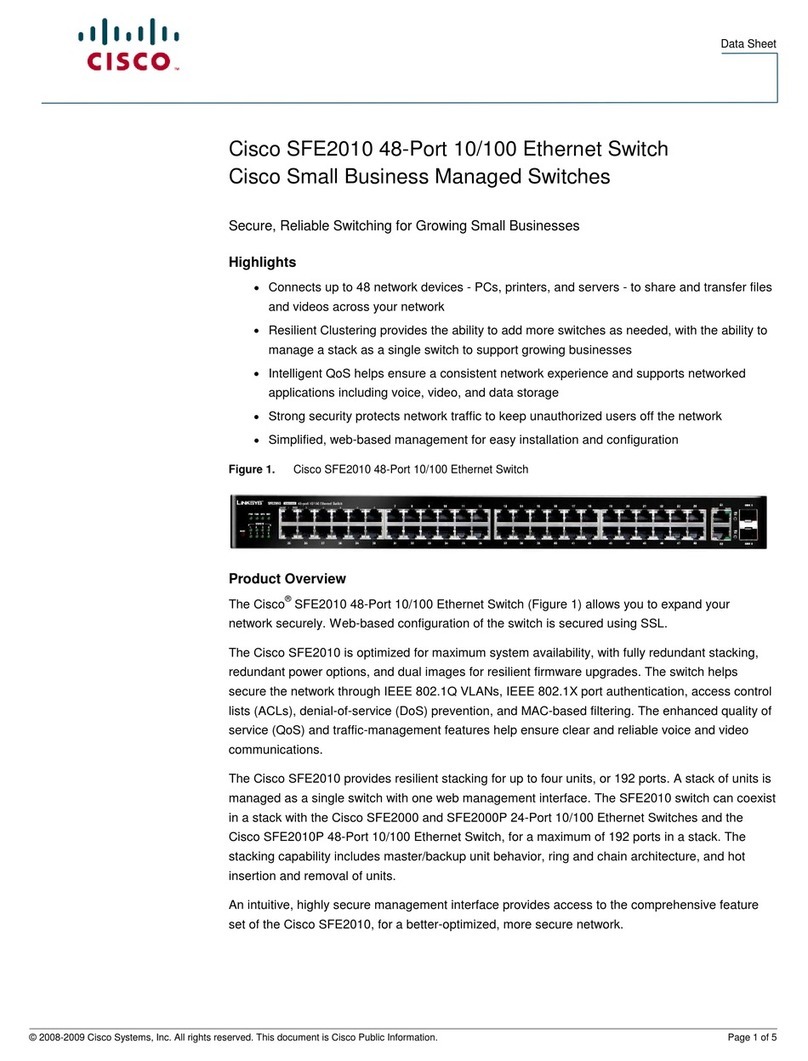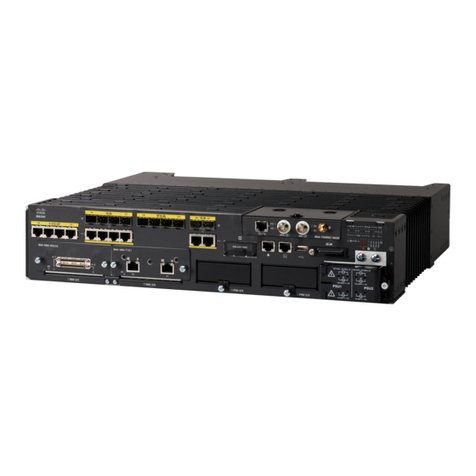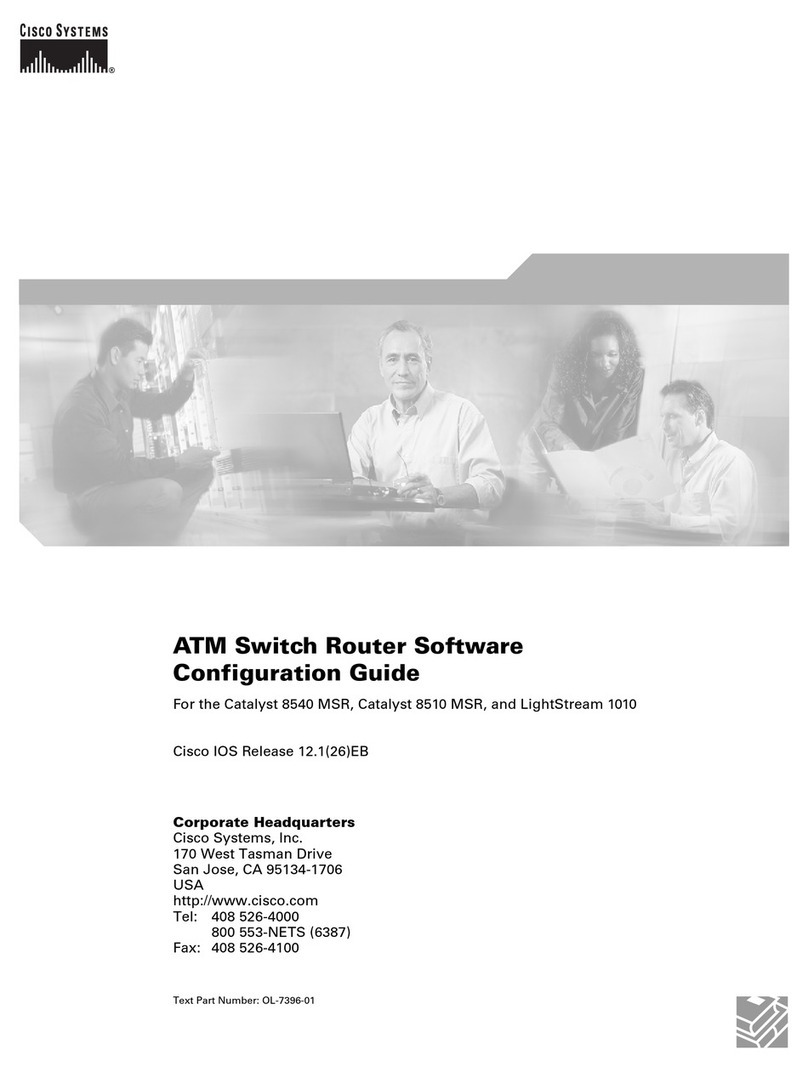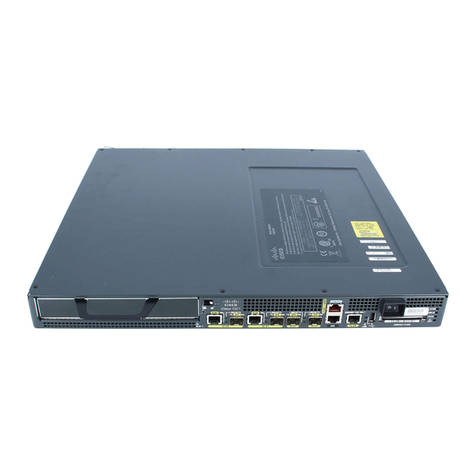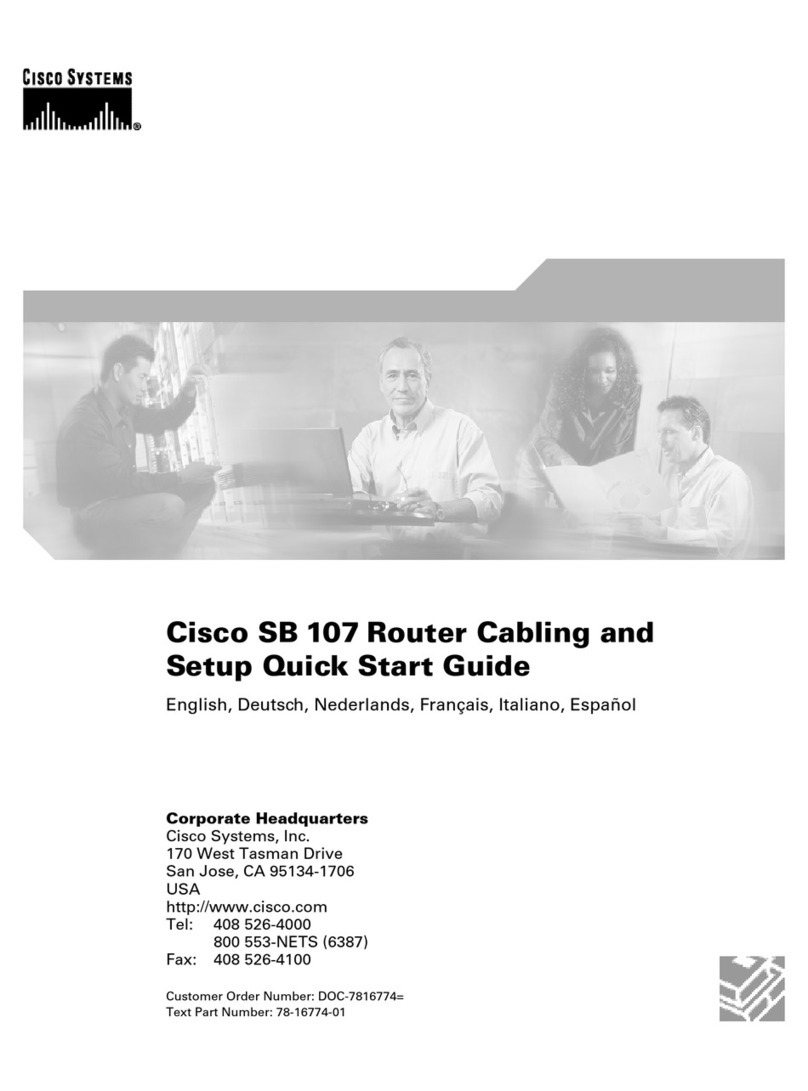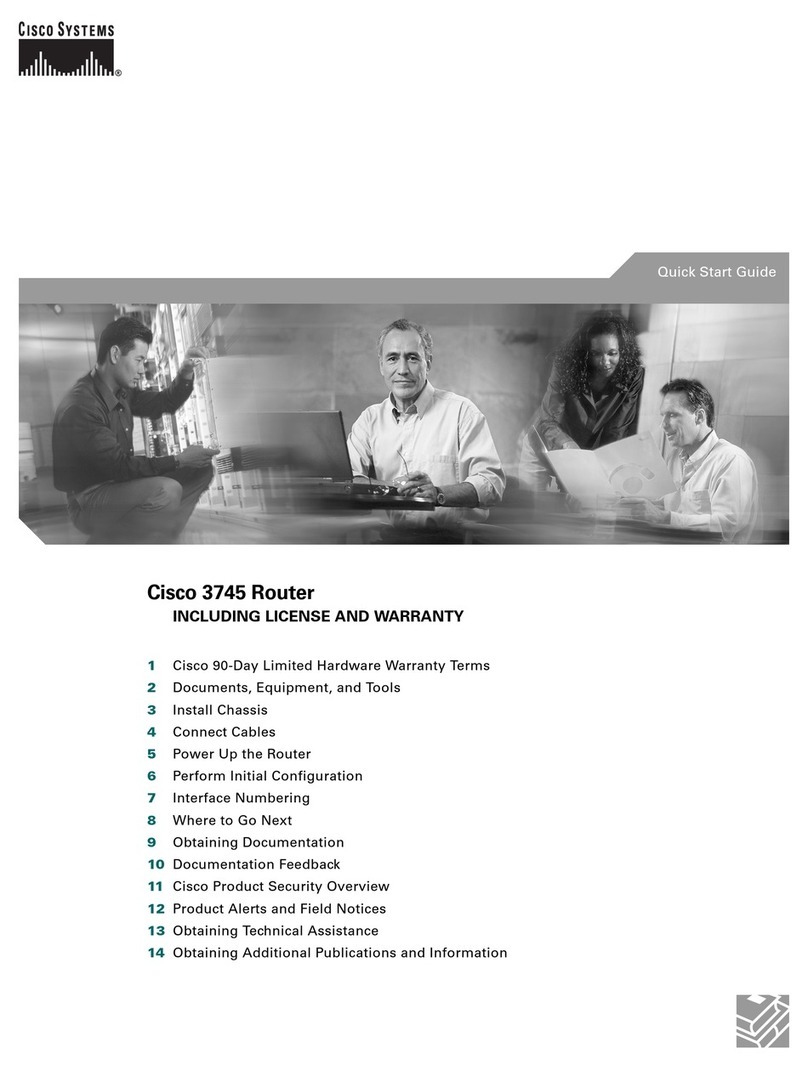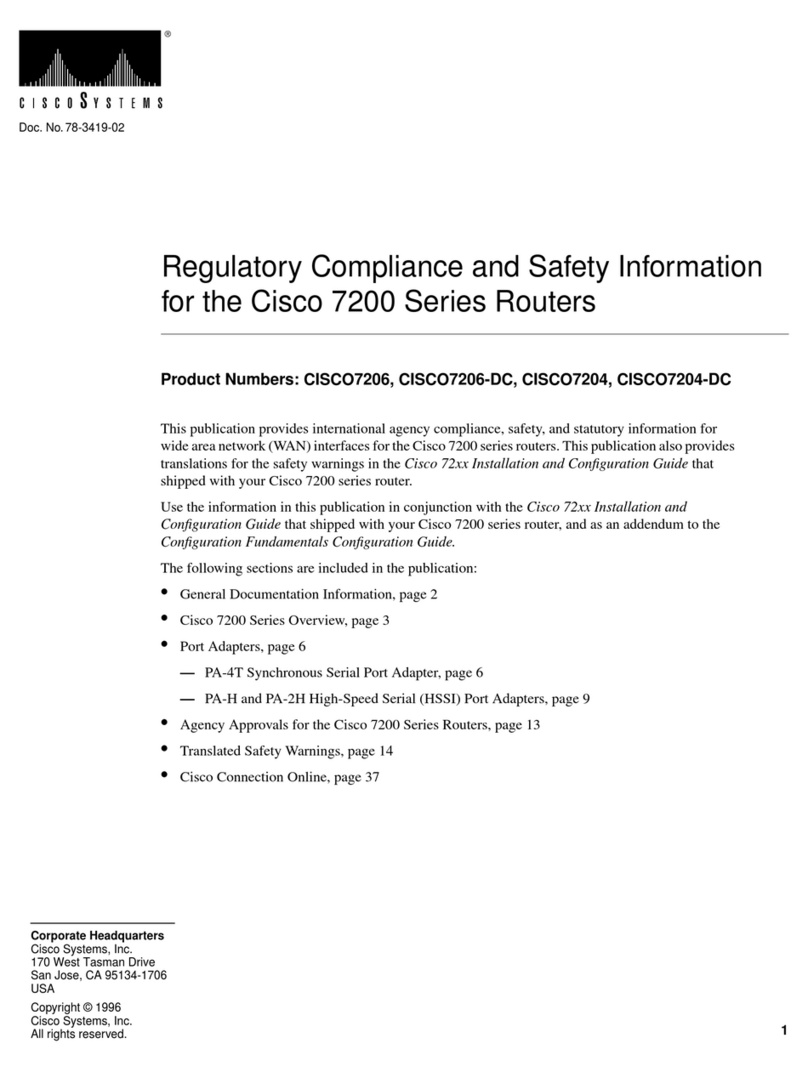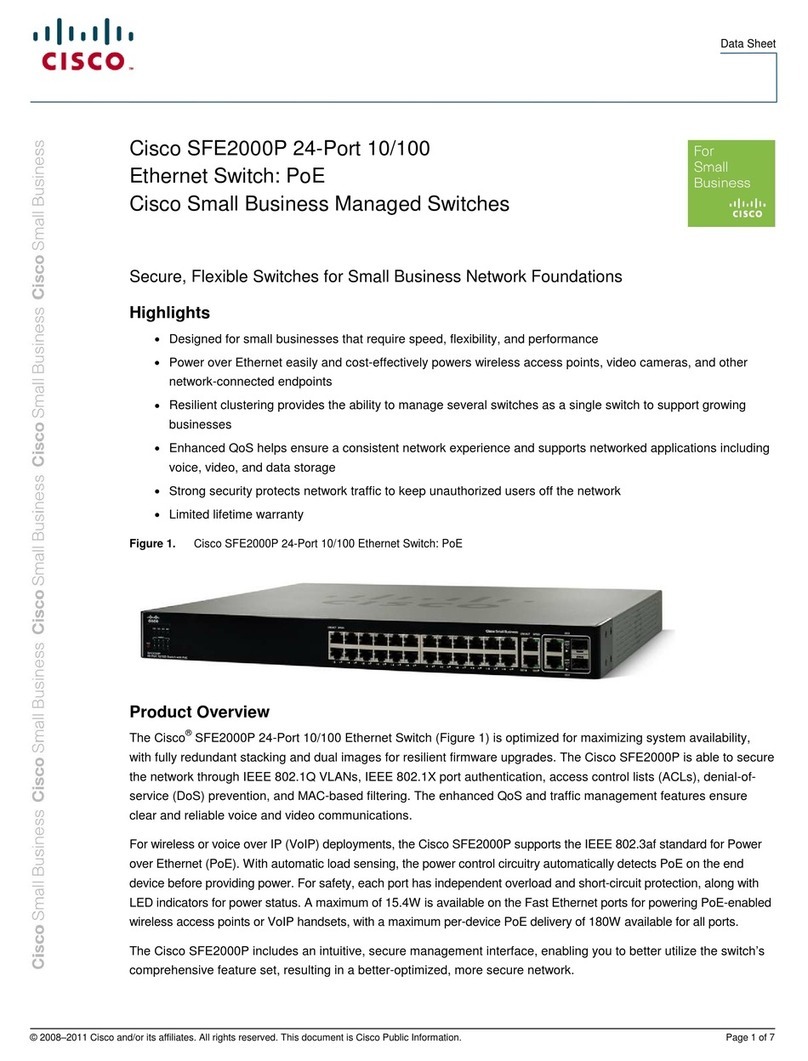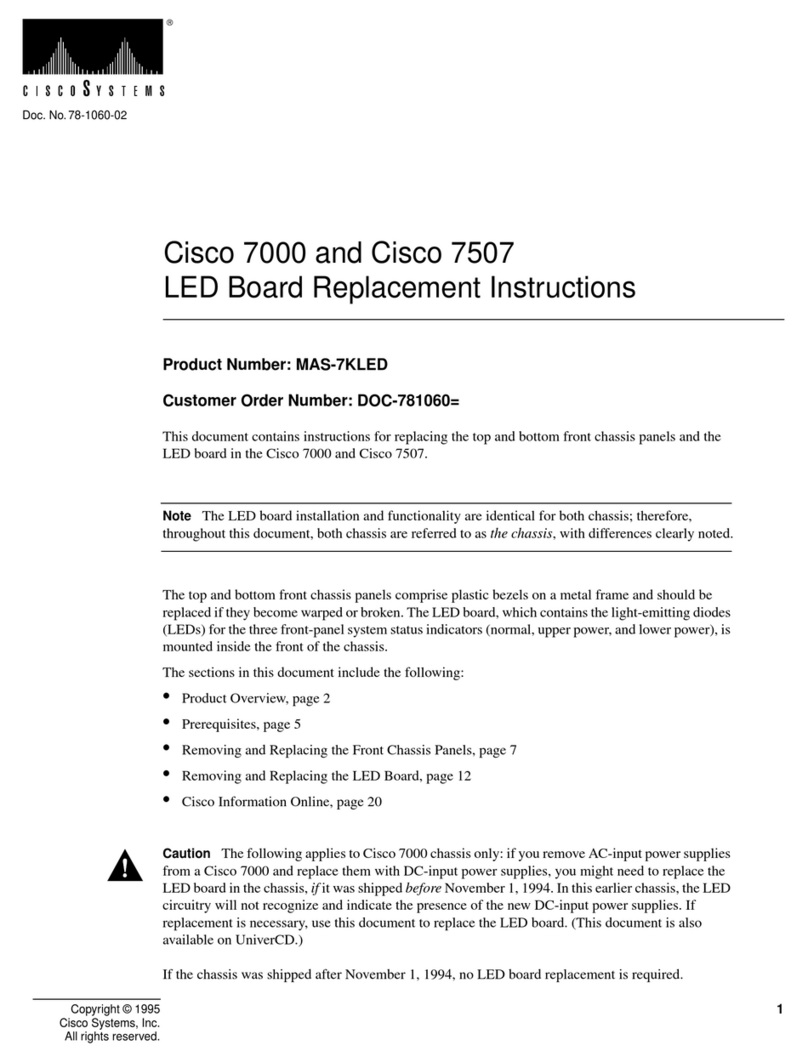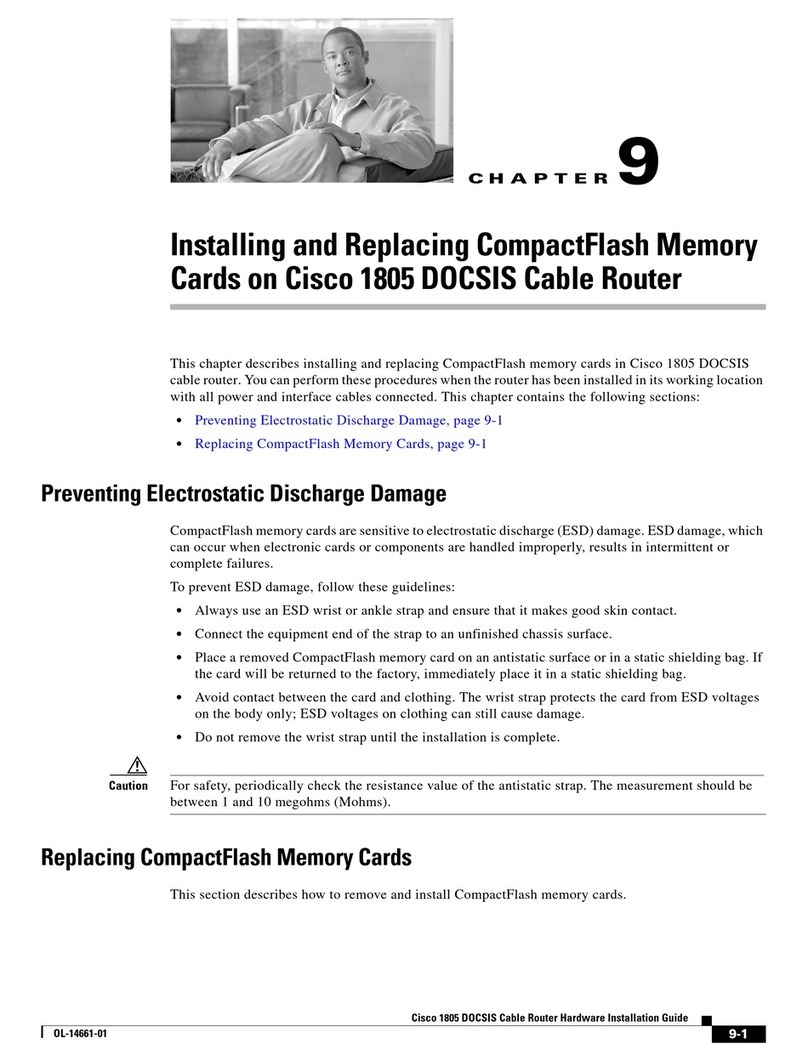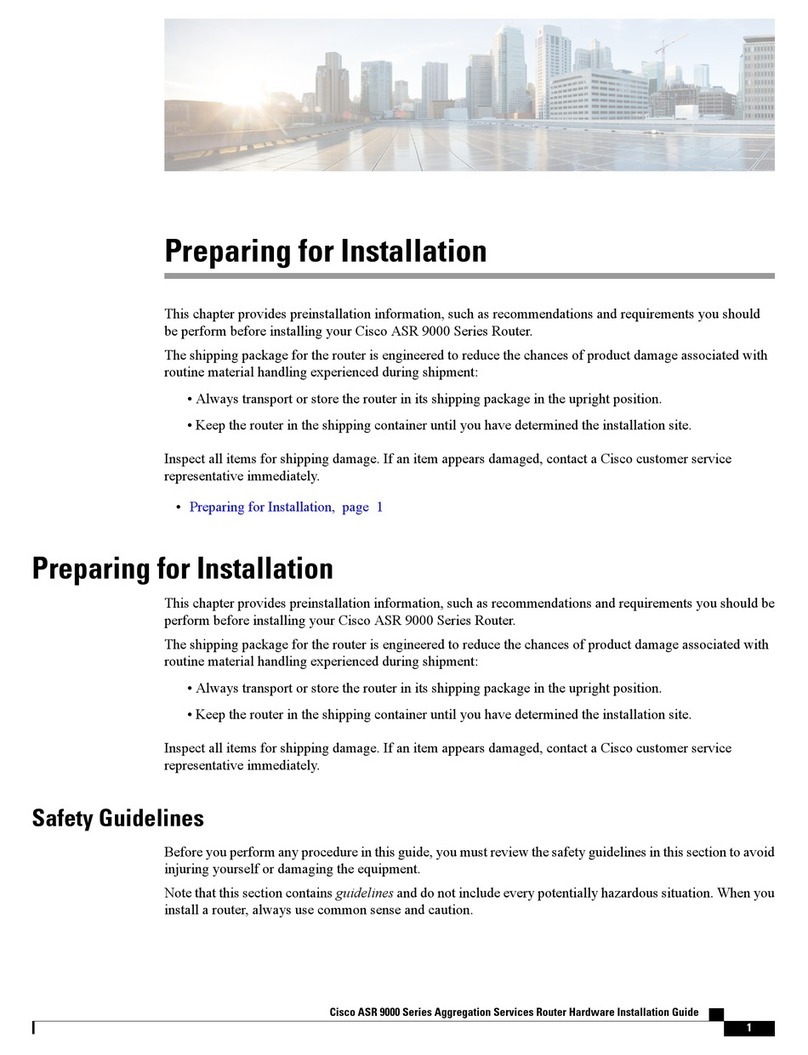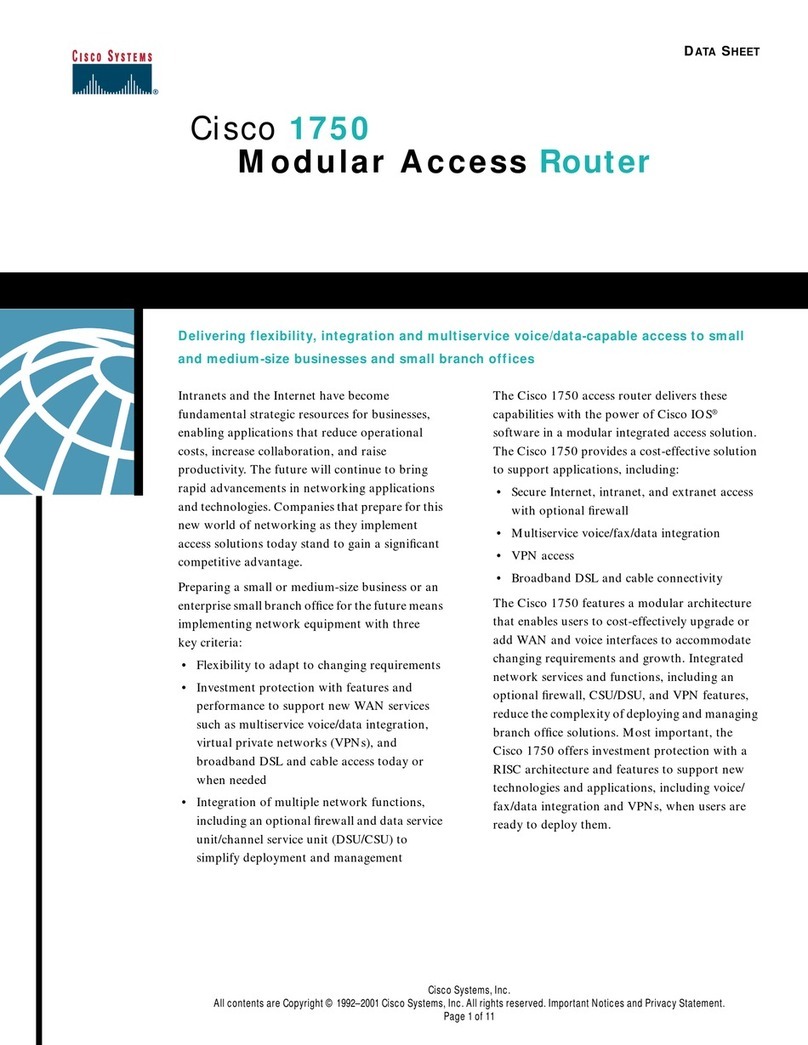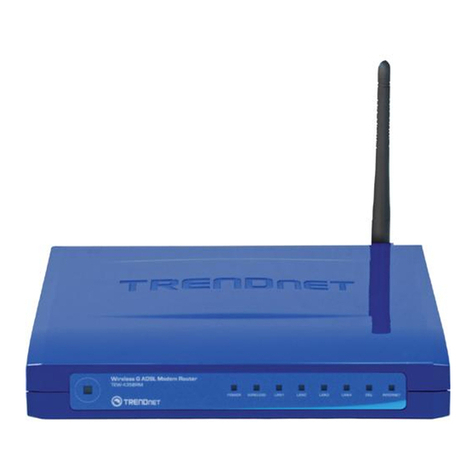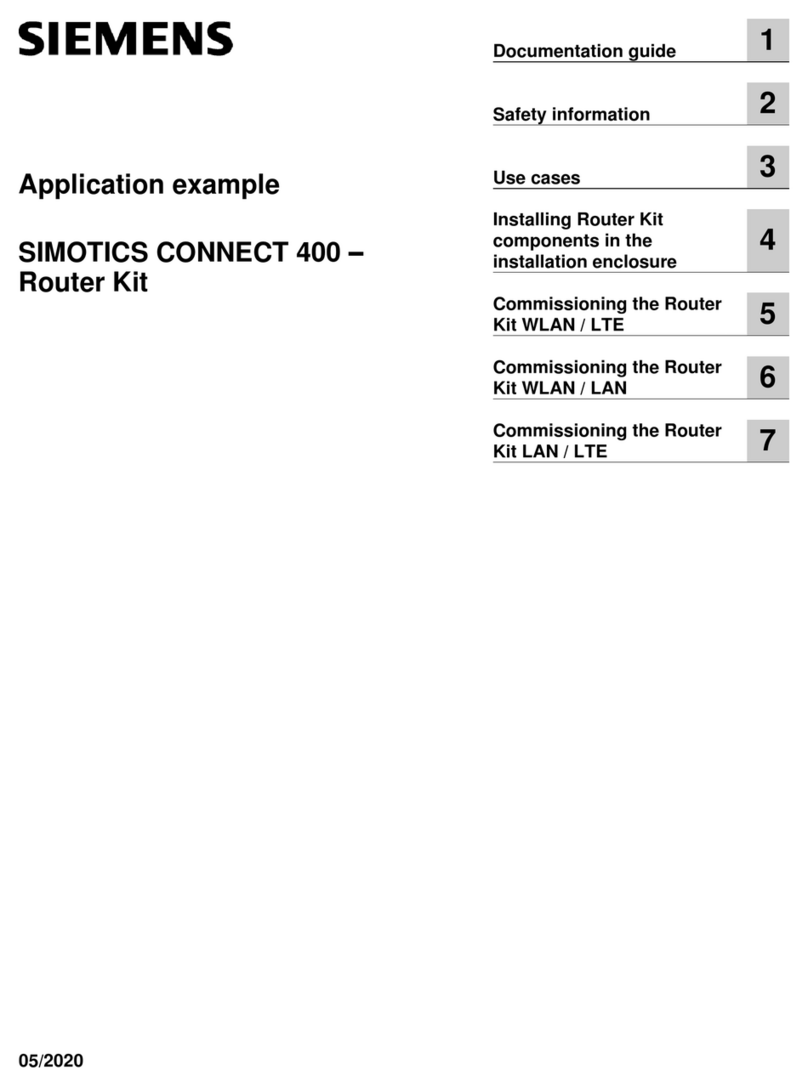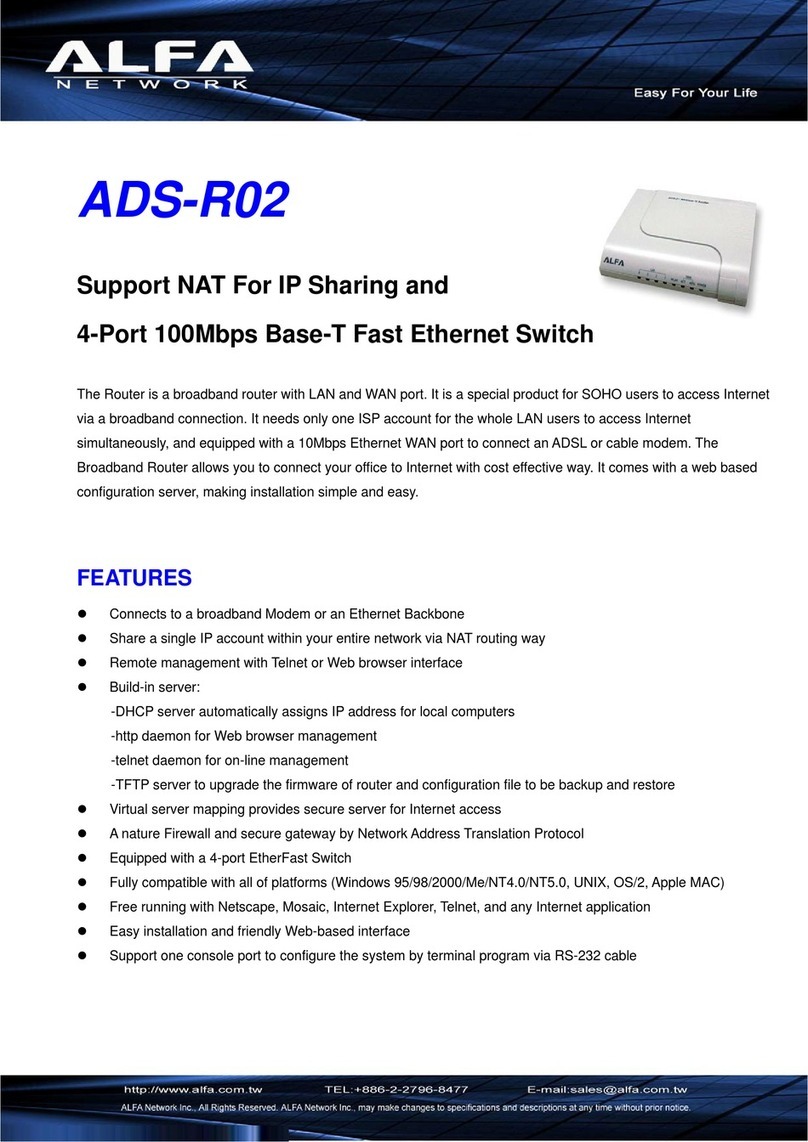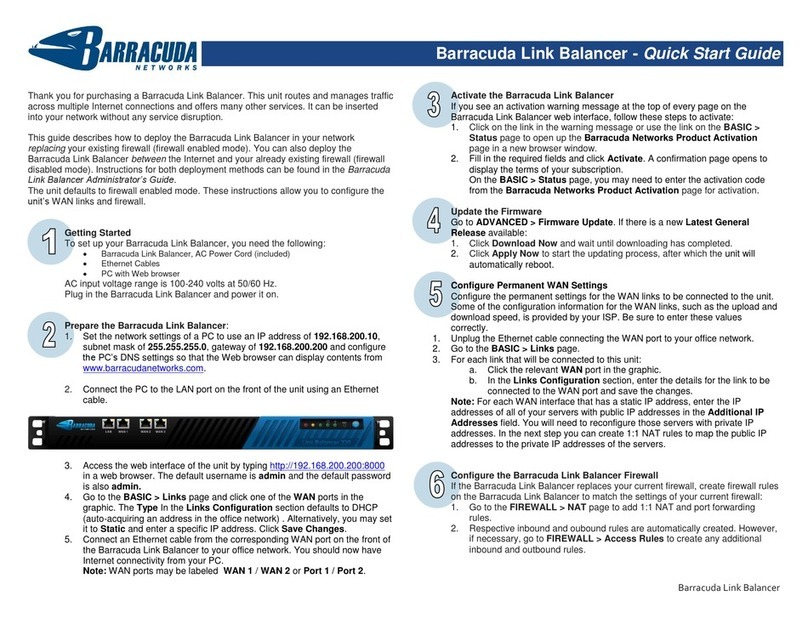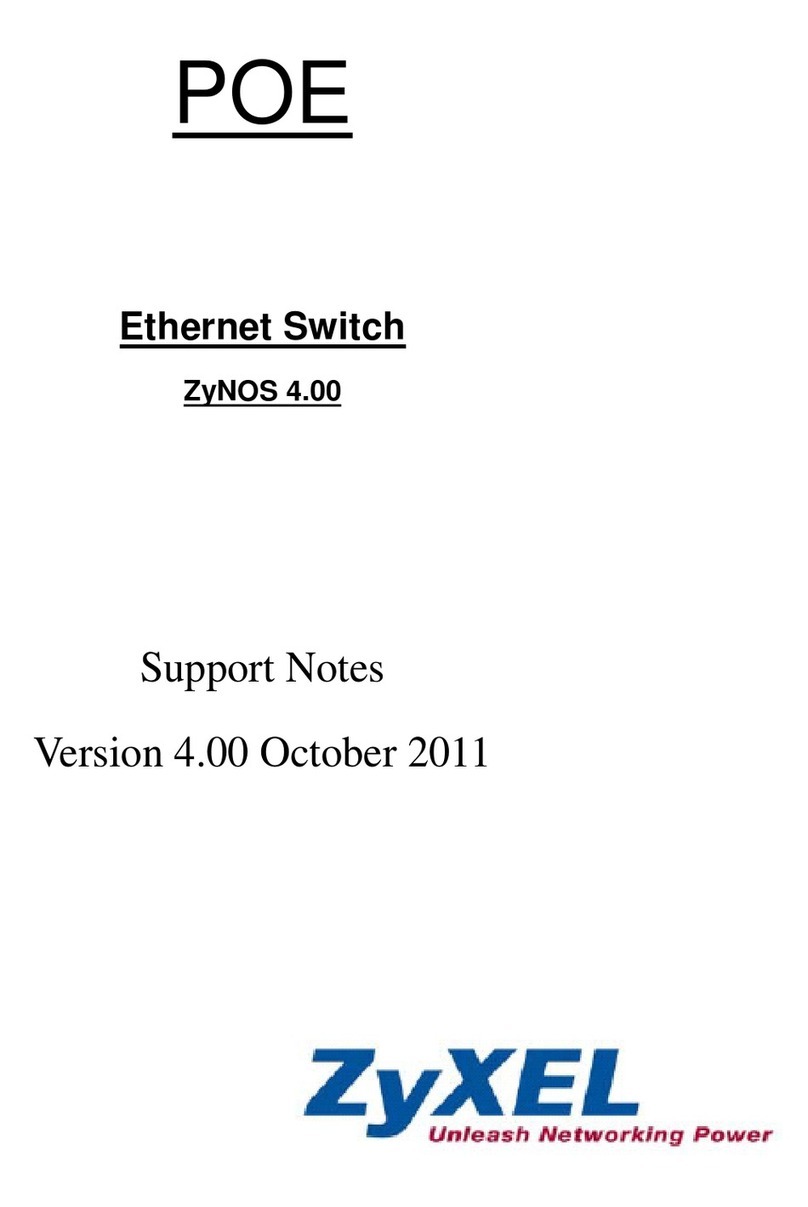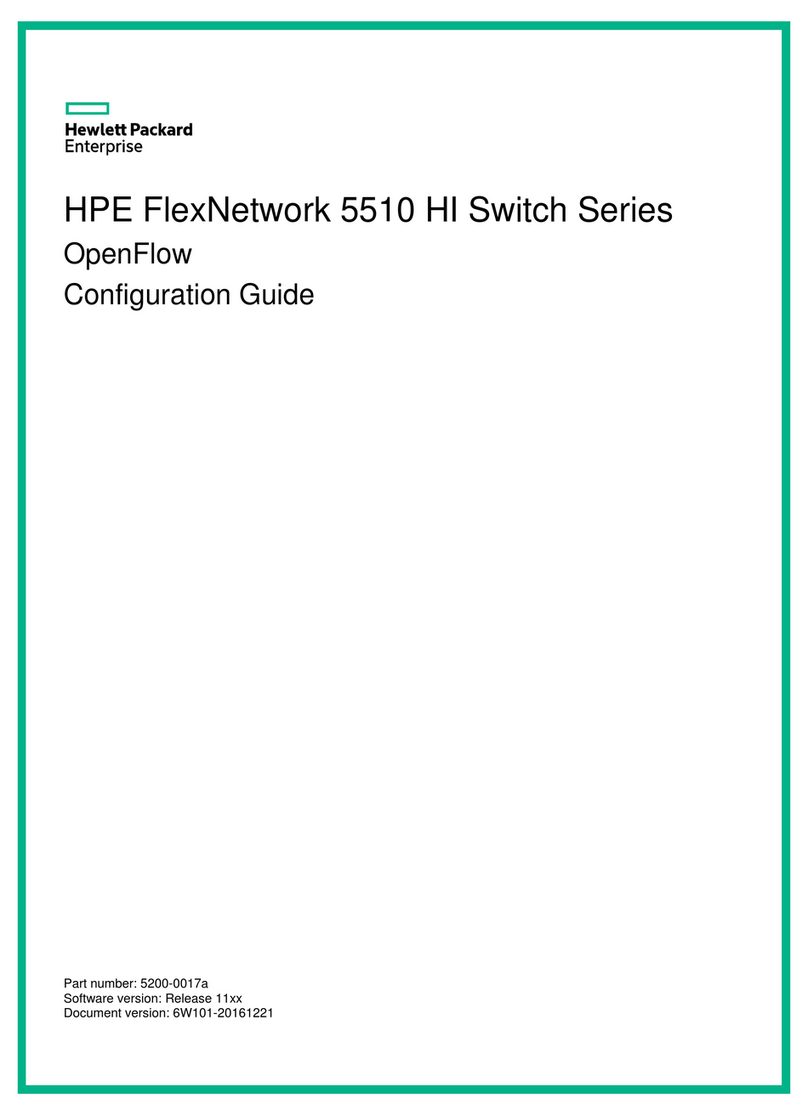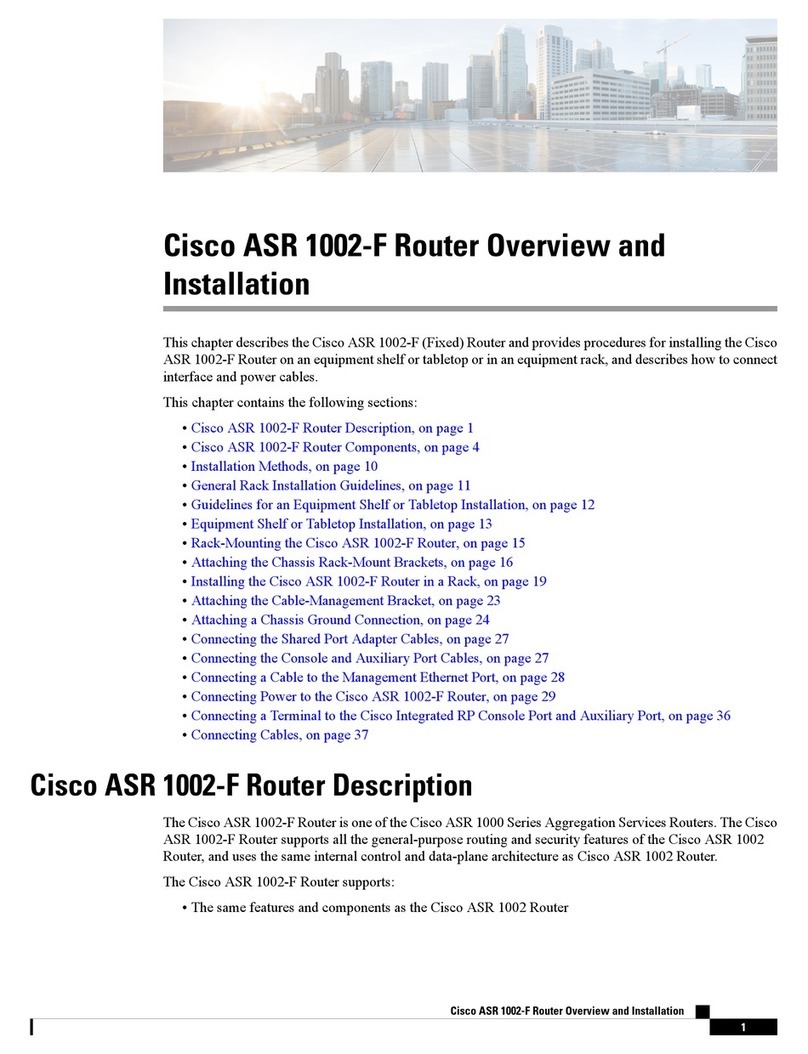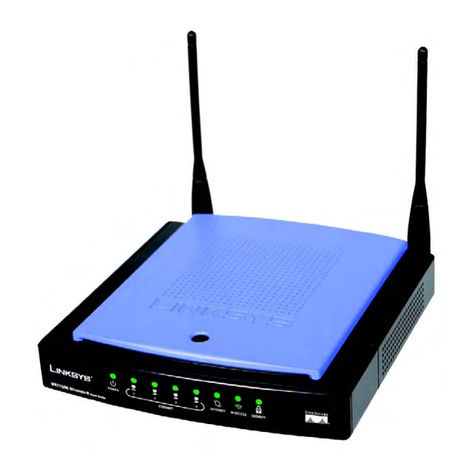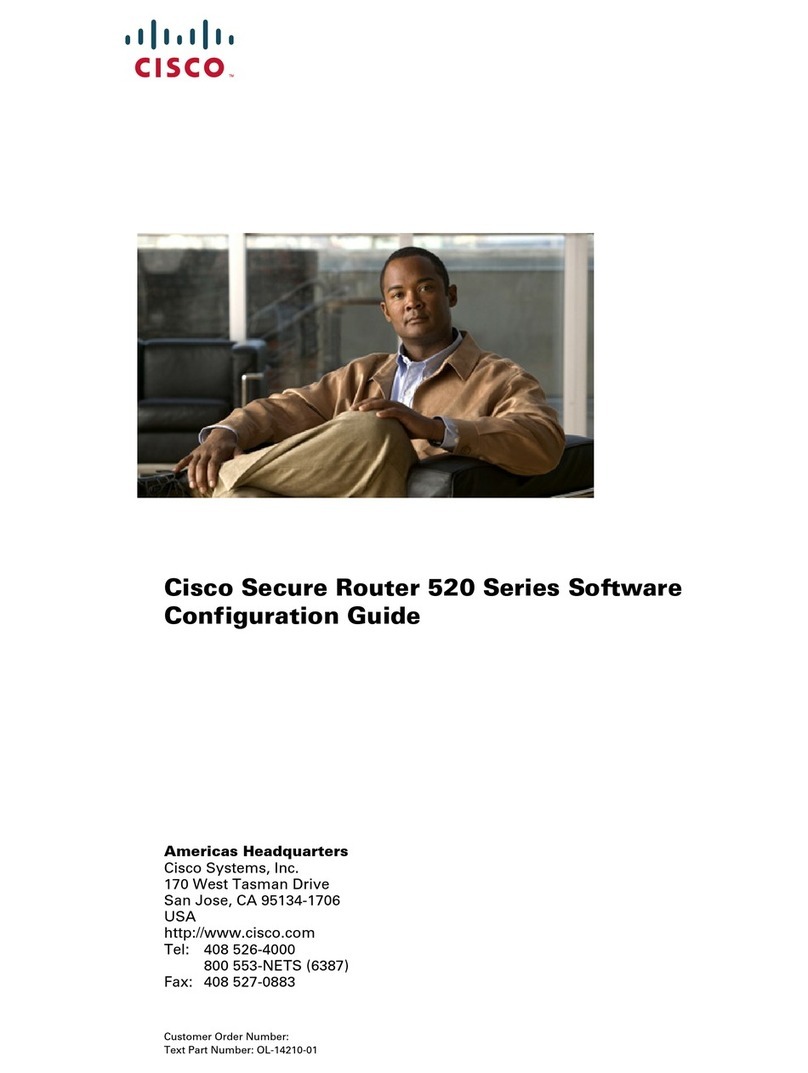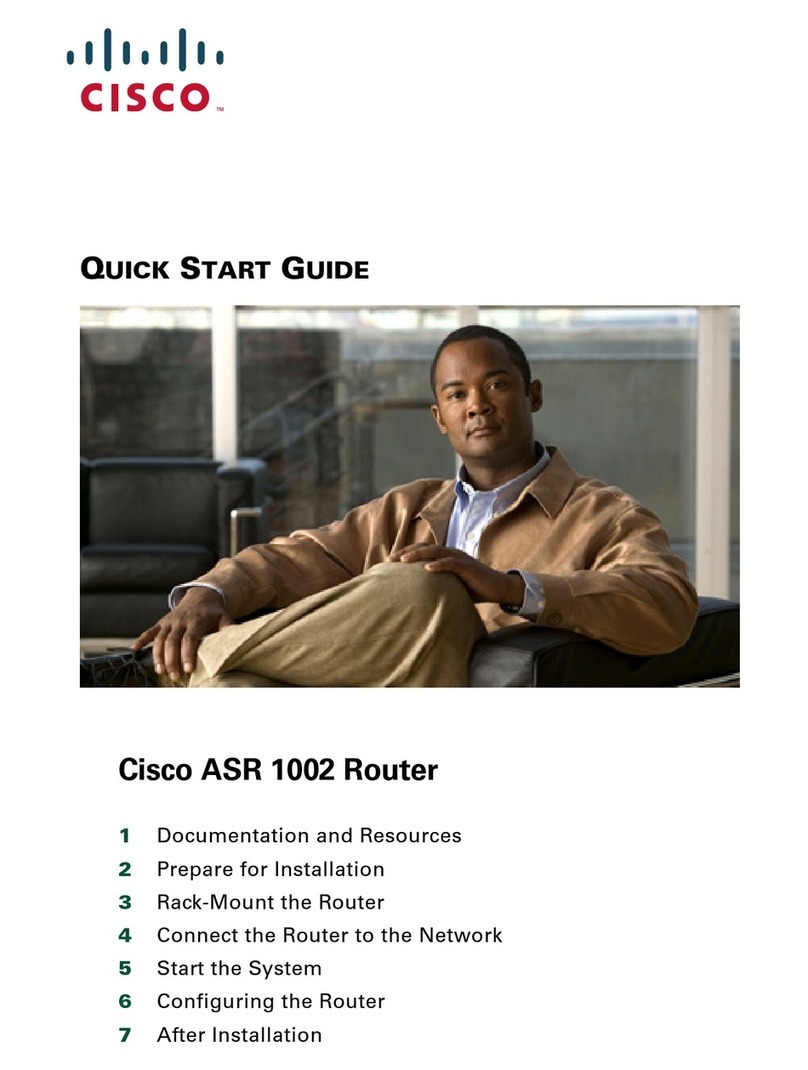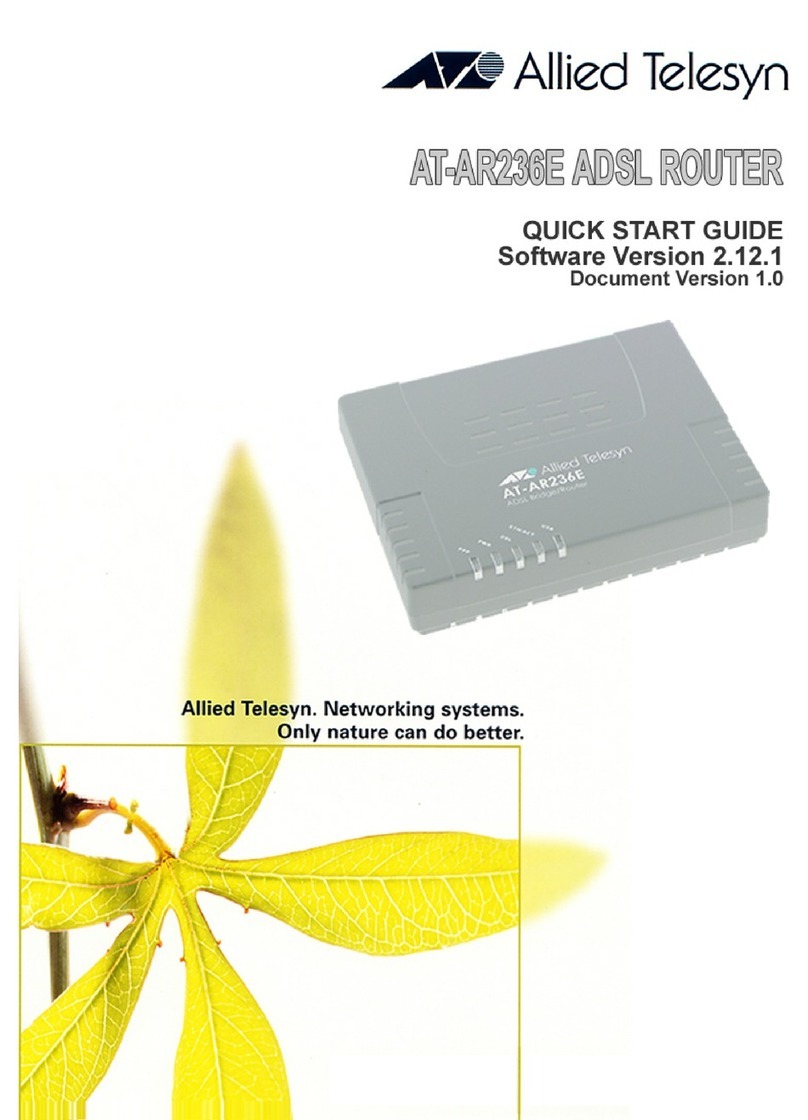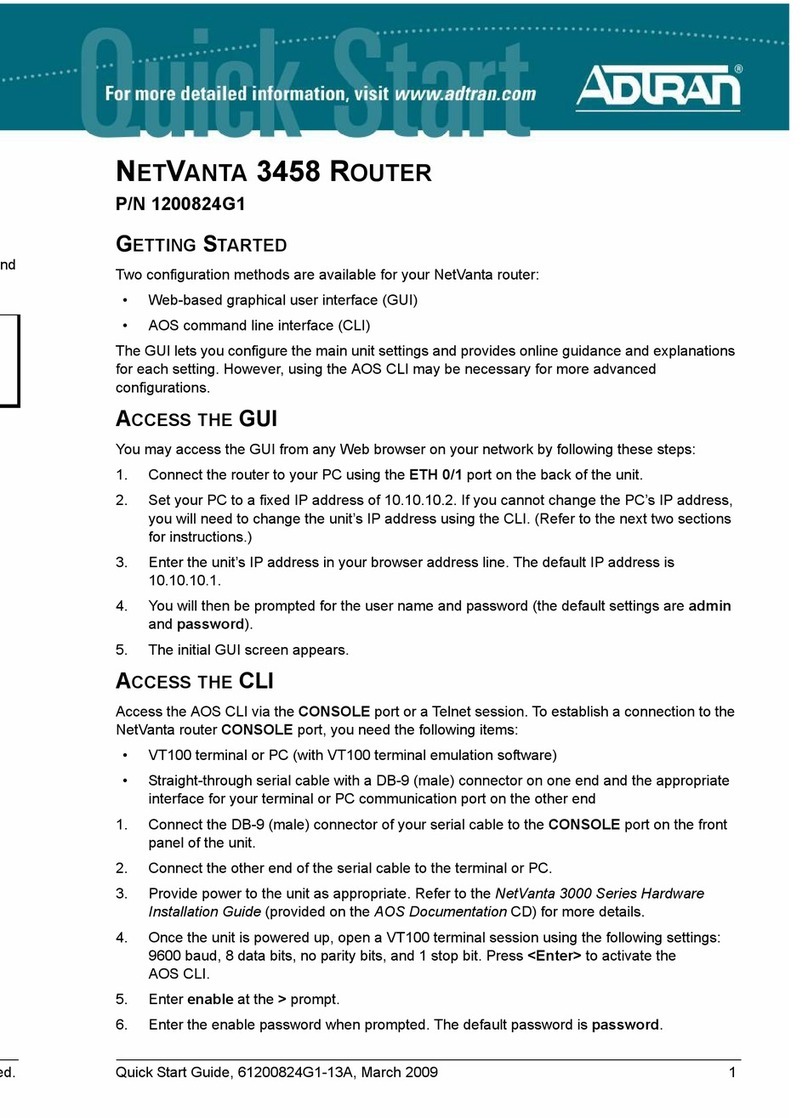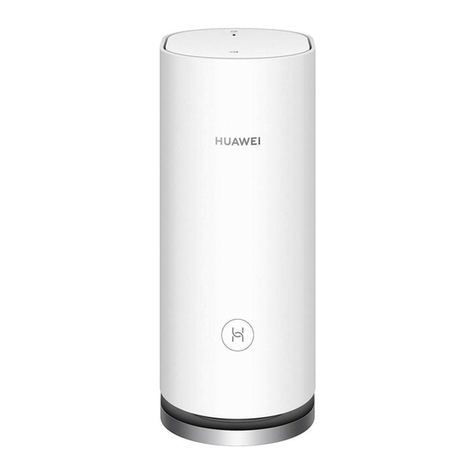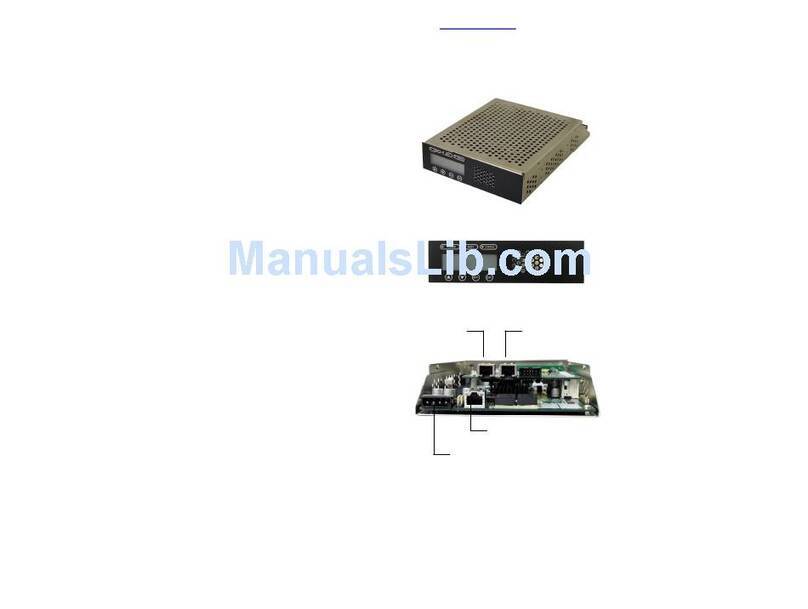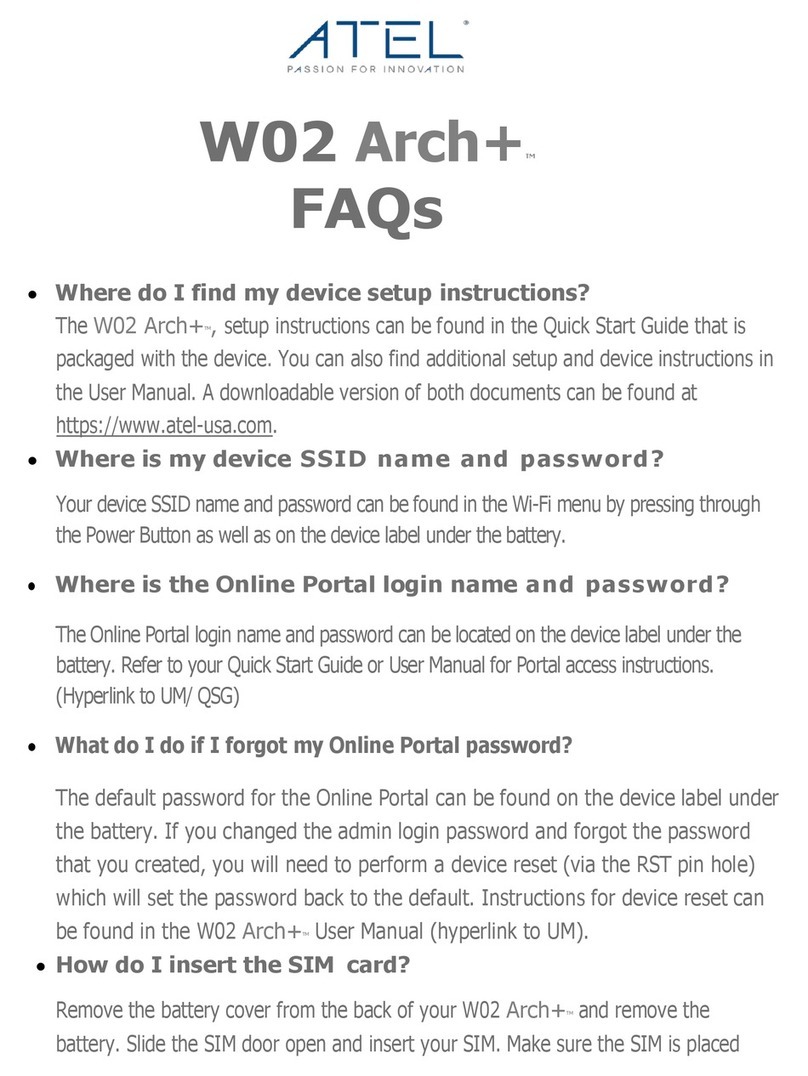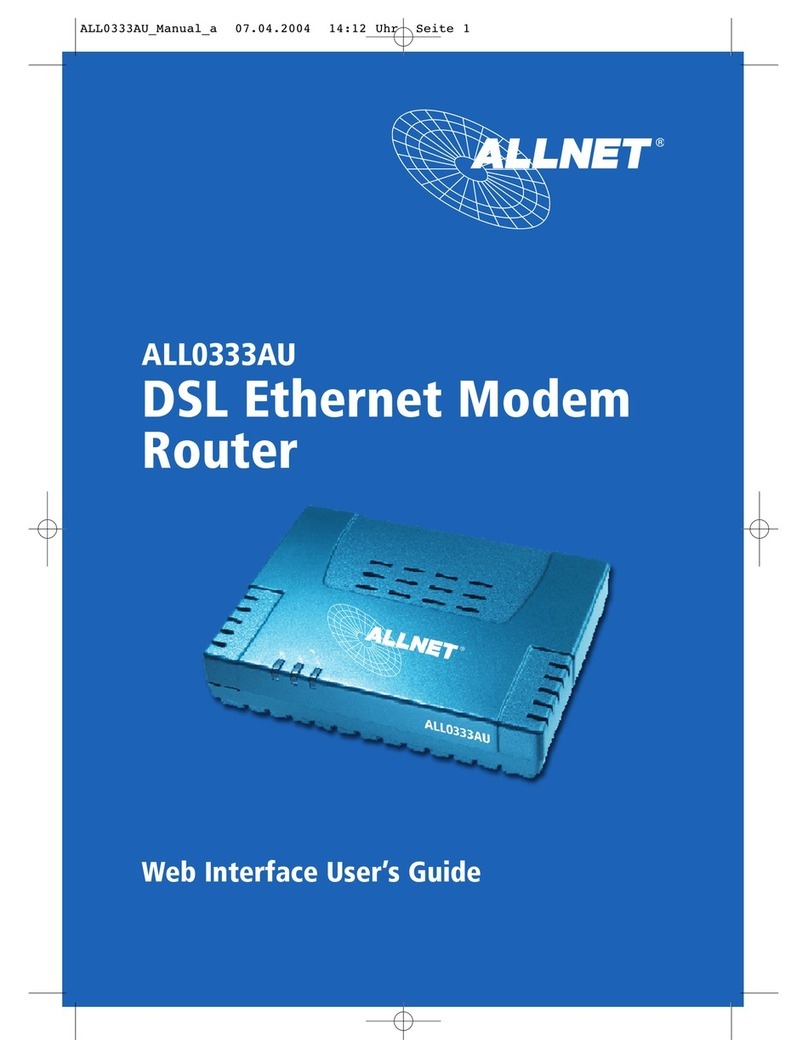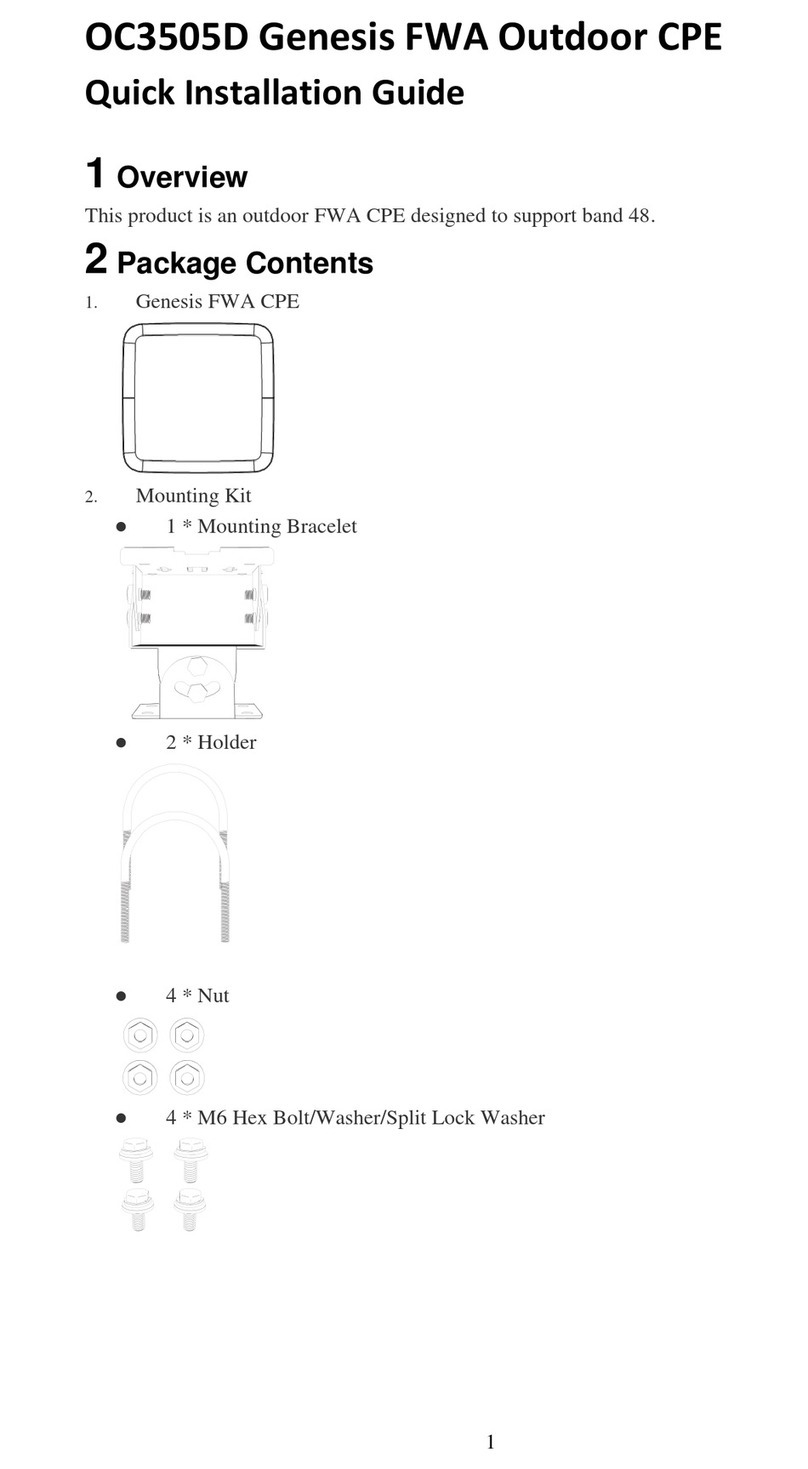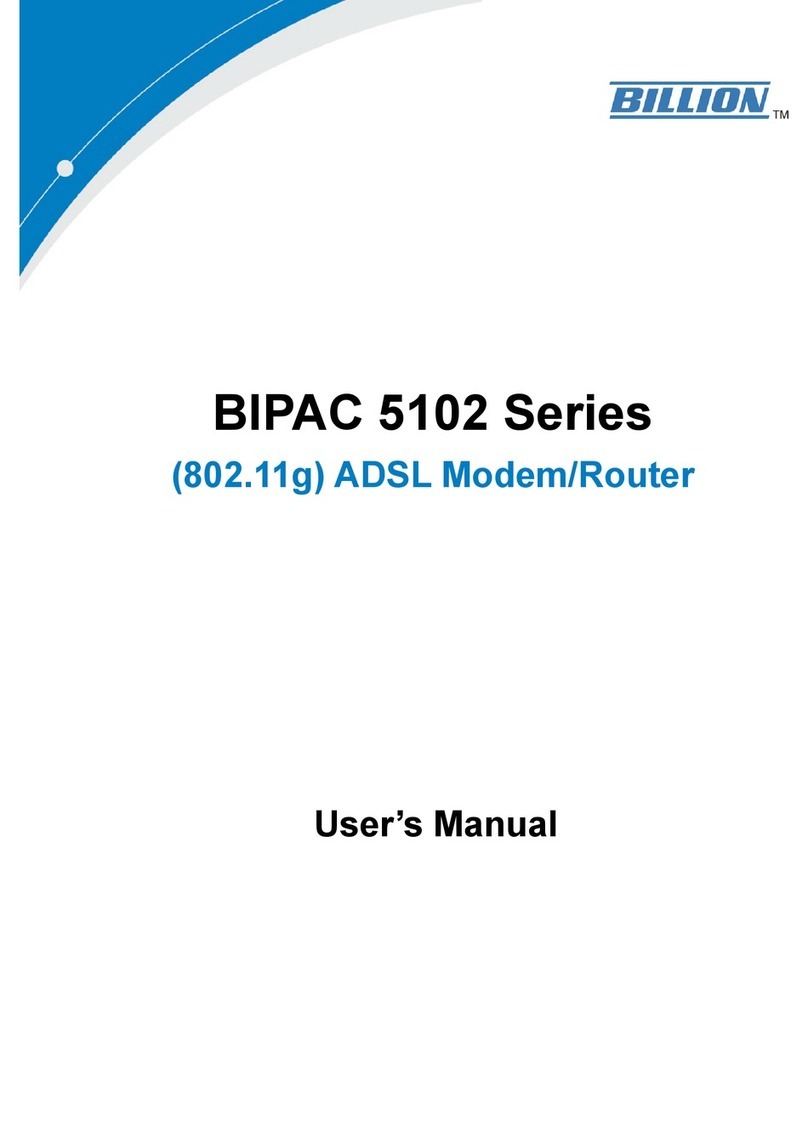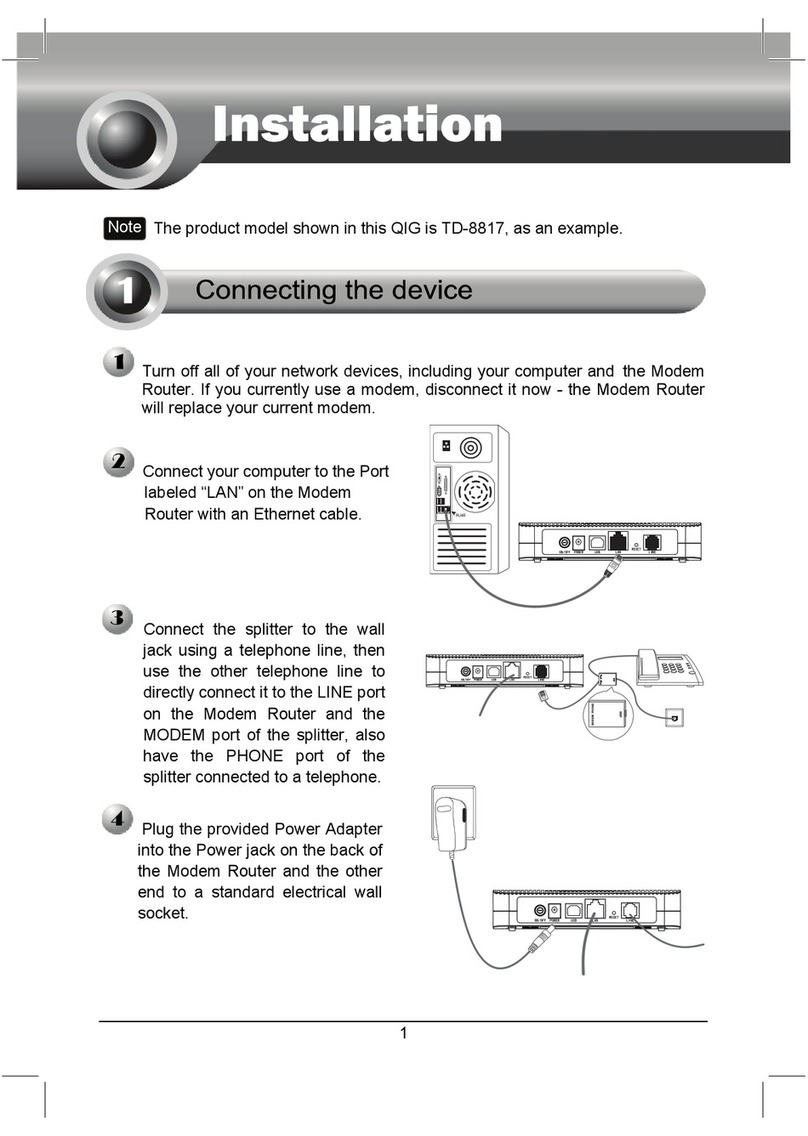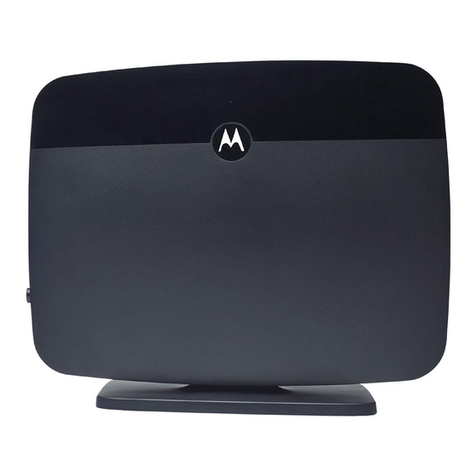
Cisco Systems, Inc.
All contents are Copyright © 1992–2003 Cisco Systems, Inc. All rights reserved. Important Notices and Privacy Statement.
Page 1 of 12
Product Bulletin No. 2254
Cisco 10000 Series Router
TheCisco®10000SeriesRouterintroduces
new forwarding hardware, interface
modules, and Cisco IOS®Software. The
application and utility of the platform has
expanded, offering exciting opportunities
for service providers in the areas of service
definition and reduced operational
expenditure. The focus of the Cisco 10000
Series remains at the edge of the service
provider network.
The network edge has seen transformation
over the past years, with ever-increasing
demands on scalability, performance,
availability, and cost reductions. With its
new capabilities, the Cisco 10000 Series is
positioned to lead this market and define
the next wave of services and solutions.
The Cisco 1000 Series Performance
Routing Engine (PRE-2) offers a quantum
leap in scalability, performance, and
features over its predecessor (the PRE-1).
Coupled with the introduction of OC-48c/
STM-16c uplink modules, the solution is
positioned for higher-speed, higher-density
edge applications. The latest Cisco IOS
Software expands the Cisco 10000 Series
legacy in high-density leased-line and
Multiprotocol Label Switching (MPLS)
applications, to include a full-featured
broadband aggregation suite.
This document provides a guideline to
applicationsbestsuitedforthe Cisco10000
Series with its latest enhancements.
Broadband Aggregation
The term “broadband” covers many access
technologies, including high-speed,
fixed-access circuits and wireless solutions.
For the purposes of this document,
broadband access is defined as subscriber
connections (business and residential)
accessing the service provider network over
DSL technologies. The Cisco 10000 Series
does not physically terminate DSL circuits
(this is the role of a DSL access multiplexer
[DSLAM]).Itsrole is to aggregate the many
thousands of ATM virtual circuits between
central office locations and a service
provider’s IP network.
Ethernet is another broadband technology.
Long-range Ethernet is emerging as an
alternative to DSL technology in many
metropolitan regions throughout the world
It is likely to appear as an alternative
transport medium for DSLAMs competing
with ATM.
Ethernet is placed under the “broadband”
umbrella The Cisco 10000 Series offers
aggregationservicesforsubscribersarriving
through traditional ATM broadband as
well as Ethernet broadband. With a rich
history in ATM connectivity and services,
the Cisco 10000 Series is optimized for
ATM-based broadband aggregation,
offering world-class scalability,
performance, and features.
